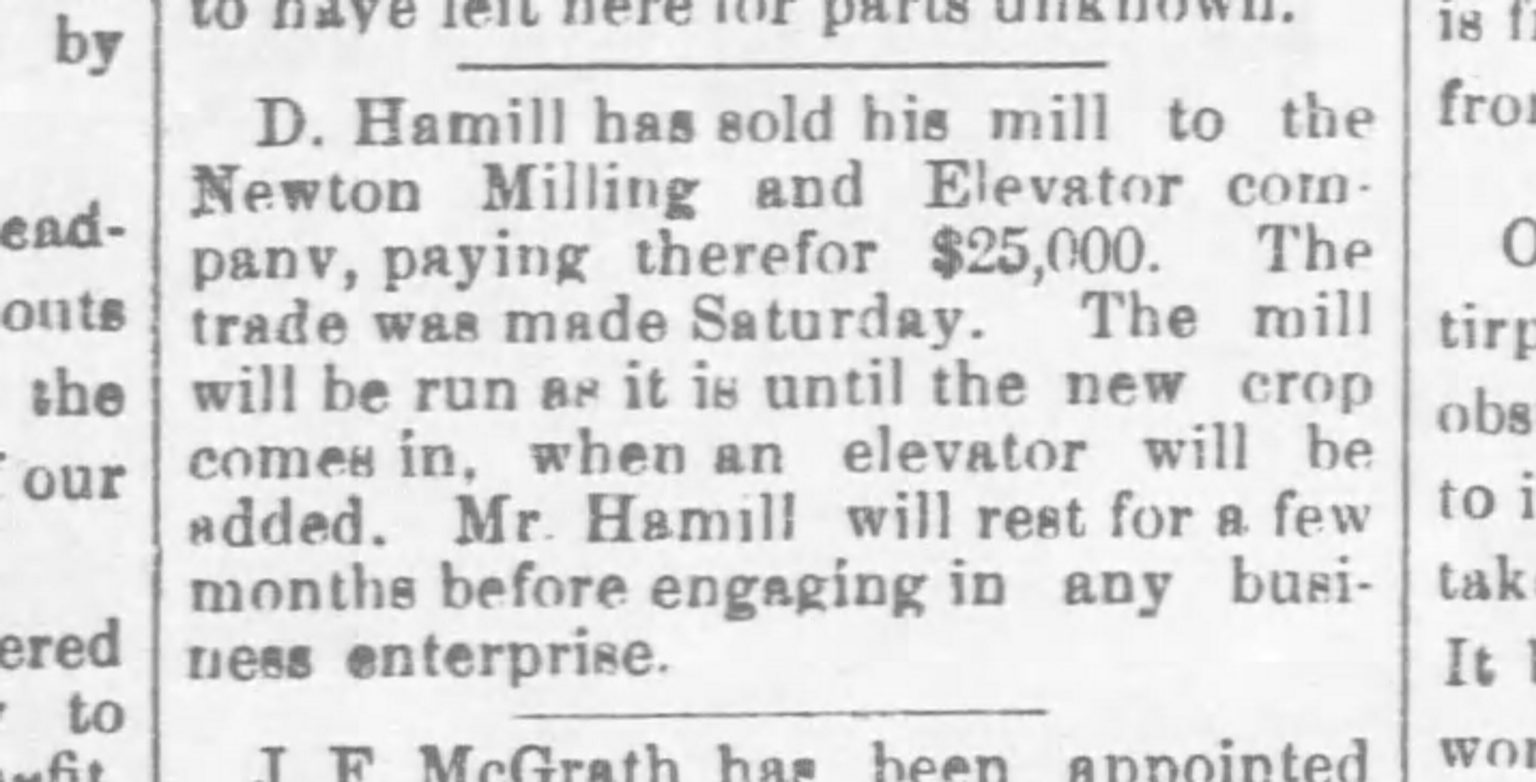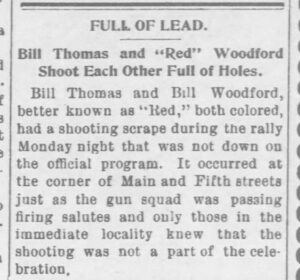

The city averages about 60 rainy days per year, 59 days with high temperatures of 90 ☏ (32 ☌) or higher, and 124 days with low temperatures below freezing.

The Cottonwood River, one of its tributaries, flows along the city's southern edge and of two large city parks, Peter Pan and Soden's Grove the two rivers meet near the eastern boundary of Emporia and flow southeast to join the Arkansas River in Oklahoma. The Neosho River flows along the northern side of the city. According to the United States Census Bureau, the city has a total area of 11.94 square miles (30.92 km 2), of which 11.83 square miles (30.64 km 2) is land and 0.11 square miles (0.28 km 2) is water. Highway 50, 108 miles (174 km) southwest of Kansas City, 58 miles (93 km) southwest of Topeka, and 87 miles (140 km) northeast of Wichita on the eastern edge of the Flint Hills. It lies along the Kansas Turnpike at its intersection with Interstate 35 and U.S. Geography Įmporia is located in east-central Kansas. The 29-year-old gunman, Cheunphon Ji, had no particular target, killing one person and injuring four others. On Sunday, Maa heavily armed gunman walked into the Calvary Baptist Church during services and opened fire. On June 8, 1974, an F4 tornado struck Emporia, killing six people, injuring 200 people, and causing $25 million in damages. Eisenhower signed the bill into law on October 8, 1954. Representative Edward Rees introduced legislation in The United States Congress to rename Armistice Day as Veterans Day. At the urging of local shoe cobbler Alvin J. In 1953, Emporia was the site of the first Veterans Day observance in the United States. In 1888, railroad executive and educator John Byers Anderson donated his personal library to the College of Emporia to commemorate his 50th wedding anniversary, and his former mentee Andrew Carnegie donated additional funds to build a library in Anderson's honor (conditioned upon the new college paying off its mortgage). In July 1870, a second railroad, the Atchison, Topeka and Santa Fe Railway reached Emporia, and in the years following the American Civil War the city became a booming railroad hub. The road eventually reached Emporia in 1869, becoming the first railroad to serve the burgeoning town. In 1864 the Union Pacific Railway, Southern Branch (later incorporated into the Missouri-Kansas-Texas Railroad) received land grants to build from Fort Riley to Emporia. Located on upland prairie, Emporia was founded in 1857, drawing its name from ancient Carthage, a place known in history as a prosperous center of commerce.


 0 kommentar(er)
0 kommentar(er)
